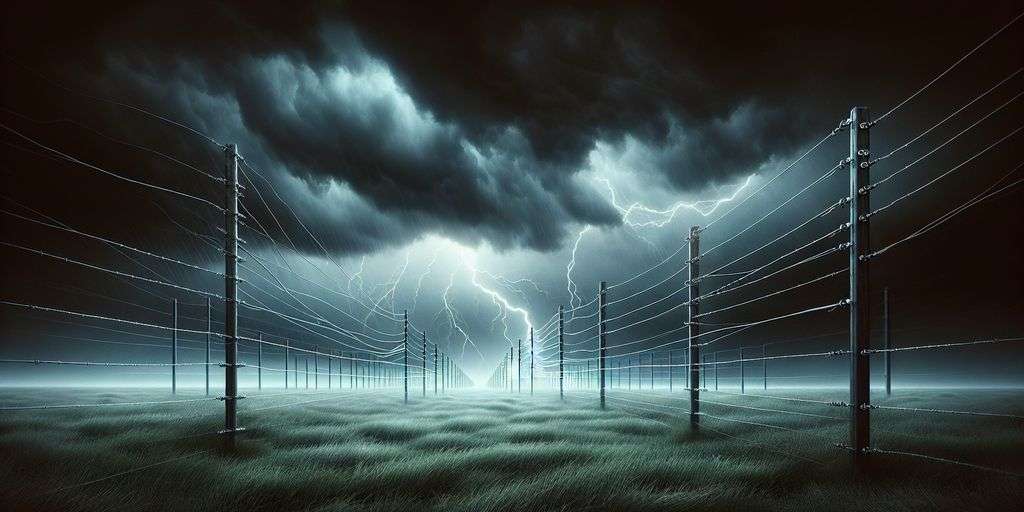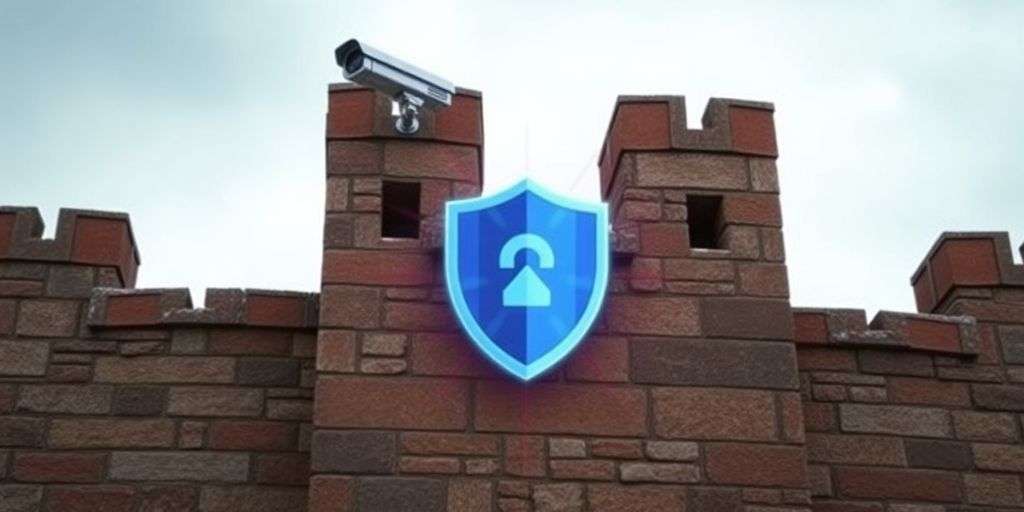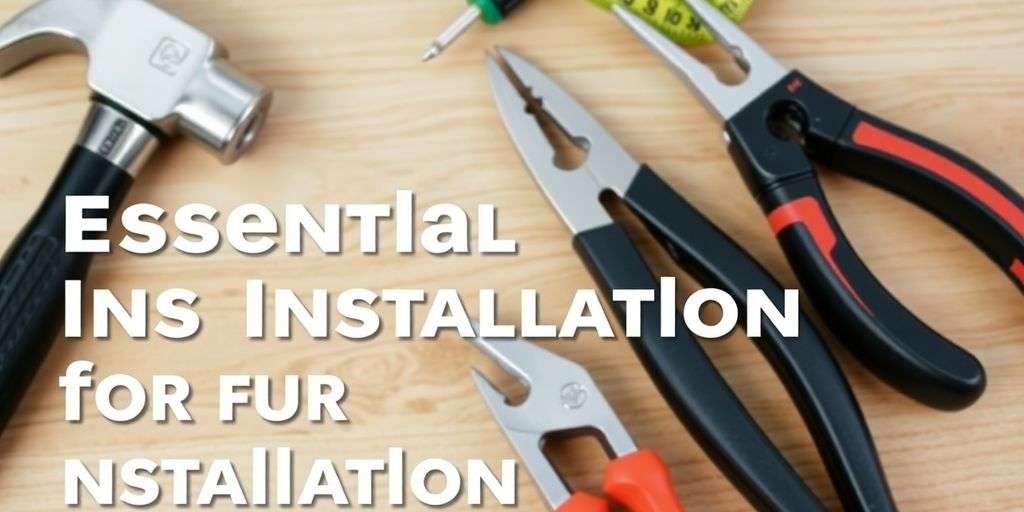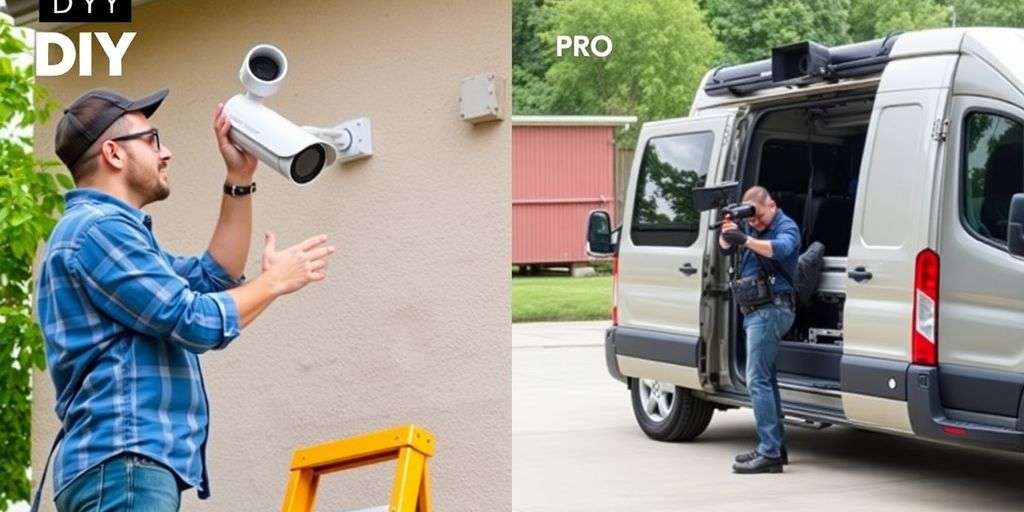When it comes to setting up an electric fence, grounding is an essential part of the installation process. Not properly grounding an electric fence can lead to various problems such as stray voltage, animal, and human shocks, or even system failure. The goal of grounding an electric fence is to provide a direct path for any electrical energy that may escape from the fence to travel down into the ground and disperse harmlessly.
Key Takeaways
- Grounding is crucial for the safe and effective operation of electric fences, preventing stray voltage and ensuring the fence delivers the intended shocks.
- Common grounding mistakes include insufficient grounding rods, improper installation, and neglecting regular maintenance, all of which can compromise the fence’s effectiveness and safety.
- Adhering to best practises such as using the right materials, correct placement of grounding rods, and regular testing can mitigate risks and enhance the functionality of the electric fence.
Understanding the Importance of Grounding Your Electric Fence
Essential for Safe Operation
Grounding your electric fence is crucial for ensuring its safe operation. Without proper grounding, the electric current may not flow correctly, which can lead to ineffective shocks or even electrical hazards. It’s vital to follow the manufacturer’s guidelines, which typically involve burying several grounding rods at specific distances apart. Regular testing of the grounding system with a digital volt metre is also recommended to ensure it is functioning properly.
Ensuring Effective Shocks
To maintain the effectiveness of your electric fence, grounding is indispensable. Proper grounding ensures that electricity flows through the wires and completes the circuit, making the fence effective in keeping animals in or out. Using materials like copper-clad steel rods, which are easy to install and provide a solid grounding system, can enhance the overall efficiency of your fence.
Preventing Electrical Hazards
Grounding is not just about improving the fence’s effectiveness; it’s also about safety. An improperly grounded electric fence can be a source of stray voltage that may pose a risk to both animals and humans. By ensuring that your electric fence is well-grounded, you can prevent these potential electrical hazards and maintain a safe environment around your property.
Common Grounding Mistakes and Their Consequences
Insufficient Grounding Rods
When you install fewer grounding rods than required, or if they are too short, the grounding system may not function effectively. This can lead to a higher risk of electrical hazards as the excess electricity does not have a sufficient path to the earth. Ensure that the number and length of grounding rods meet the necessary standards to maintain safety and functionality.
Improper Installation Techniques
Using incorrect methods or materials when setting up your grounding system can compromise its integrity. It’s crucial to follow the manufacturer’s guidelines and use the appropriate tools and materials. Failure to do so can result in a grounding system that is unreliable and potentially dangerous.
Neglecting Regular Maintenance
Grounding systems require regular checks to ensure they remain effective. Over time, connections may loosen, and rods can corrode, reducing the system’s ability to safely dissipate electricity. Make it a routine to inspect and maintain your grounding system to prevent any long-term issues that could compromise safety and effectiveness.
Best Practises for Grounding an Electric Fence
Choosing the Right Materials
To ensure the effectiveness and safety of your electric fence, selecting the right materials for grounding is crucial. Use high-quality, corrosion-resistant grounding rods, typically made of copper or galvanised steel. The choice of conductor wires is equally important; opt for insulated, high-conductivity wires to minimise resistance and maximise shock efficacy.
Correct Placement of Grounding Rods
Proper placement of grounding rods is essential for an effective grounding system. Ensure that the rods are spaced at least 3 metres apart and are driven into the ground to a depth of at least 2.5 metres. This spacing and depth help in dispersing the electrical charge efficiently, reducing the risk of voltage gradients that can cause ineffective shocking or stray voltage.
Regular Testing and Maintenance
To maintain the reliability of your electric fence, regular testing and maintenance of the grounding system are imperative. Conduct a resistance test at least twice a year to ensure low impedance and effective operation. Also, inspect the grounding connections and rods for signs of corrosion or damage. Regular upkeep helps in preventing system failures and ensures that the fence continues to function as intended.
Potential Risks of Inadequate Grounding
Stray Voltage Issues
When your electric fence is not properly grounded, stray voltage can become a significant issue. This phenomenon occurs when the voltage escapes the intended path and disperses into the surrounding area, potentially affecting nearby livestock and wildlife. It’s crucial to ensure that the grounding system is robust to prevent such occurrences.
Risk of Animal and Human Shocks
Inadequate grounding can lead to a higher risk of shocks to both animals and humans. This is particularly dangerous as it not only poses a health risk but also undermines the trust in the safety of your fencing solution. Ensuring that your electric fence is properly grounded minimises this risk, making it a safer option for everyone involved.
System Failure and Ineffectiveness
A poorly grounded electric fence can result in system failure and ineffectiveness. Without proper grounding, the fence may not deliver the intended shocks effectively, allowing animals to breach the perimeter without deterrent. Regular testing and maintenance of the grounding system are essential to ensure that it remains effective and reliable.
Conclusion
In conclusion, the importance of properly grounding an electric fence cannot be overstated. It is a critical safety measure that ensures the effectiveness of the fence while protecting both humans and animals from potential hazards. Failure to adequately ground an electric fence can lead to a host of problems, including ineffective containment or exclusion of animals, accidental shocks, and even system failure. By adhering to the manufacturer’s guidelines and regularly testing the grounding system, you can maintain a safe and functional electric fence. Remember, a well-grounded electric fence is not just a recommendation; it is a necessity for ensuring safety and operational efficiency.
Frequently Asked Questions
How to Ground an Electric Fence?
When it comes to setting up an electric fence, grounding is an essential part of the installation process. Not properly grounding an electric fence can lead to various problems such as stray voltage, animal, and human shocks, or even system failure. The goal of grounding an electric fence is to provide a direct path for any electrical energy that may escape from the fence to travel down into the ground and disperse harmlessly. To achieve this, a grounding system must be installed that includes grounding rods and a grounding wire connected to the electric fence controller.
What can I Use to Ground My Electric Fence?
There are different materials that you can use to ground your electric fence safely and effectively. For instance, copper-clad steel rods are a popular solution because they are relatively easy to install and provide a solid grounding system.
Why is regular testing and maintenance of the grounding system important?
Regular testing and maintenance of the grounding system ensure that the electric fence operates safely and effectively. It’s recommended to periodically test the grounding system using a digital volt metre to ensure it is functioning properly, especially after changes in weather or soil conditions that might affect conductivity.





